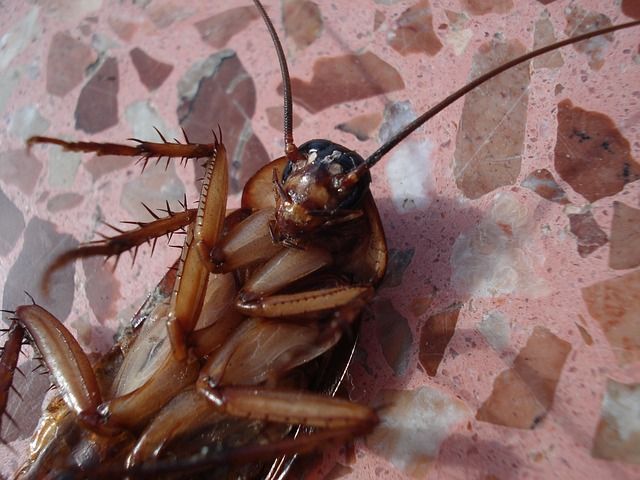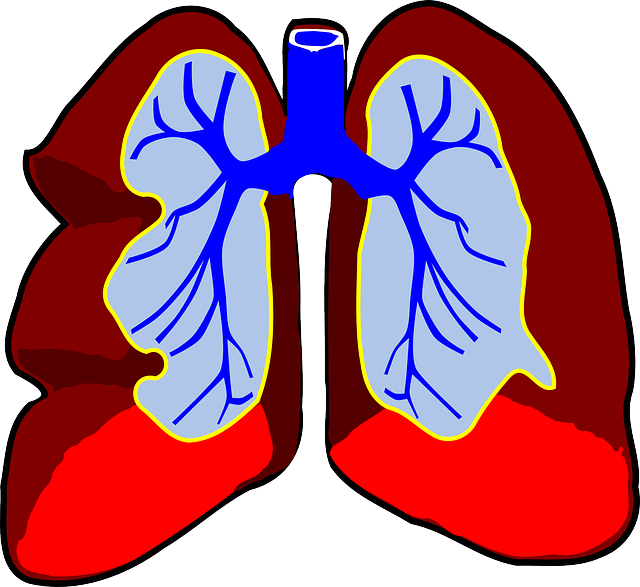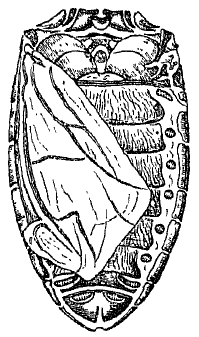What gives cockroaches the ability to survive without their heads, and why can't humans do the same?
Introduction
Decapitation (cutting of the head) could easily be termed as the most gruesome way any human being could be killed, but it has been established that cutting a cockroach’s head may not be such an instant threat to the insect’s life. This is because unlike humans and many other higher animals, cockroaches can survive for a few days without their heads.
Apart from the body, the head itself can also live in isolation for a few days as long as it is not been eaten by a predator! In fact, scientists have performed several studies using the body and head of decapitated cockroaches.
You may ask; how is this possible? Isn’t the brain, which is enclosed in the brain, supposed to be the coordinating center of all life processes? Well, in this article, I seek to explain the simple complexities which make it possible for these flying insects to survive decapitation.
To help us understand how cockroaches pull off this stunt, I will compare their survival chances with that of humans in the same condition.
Cockroaches would not suffer severe bleeding like humans would
Firstly, in humans, decapitation results in severe bleeding. If a human’s head is chopped off, there would be severe bleeding and decrease in blood pressure such that the supply of oxygen (via blood) to most organs of the body would cease, and the person would bleed to death.
In humans, blood is transported through a network of blood vessels which pump oxygenated blood from the heart to the body tissues through arteries and, deoxygenated blood from the body tissues through veins to the lungs where it is bathed in blood and sent back to the heart for redistribution.This system of blood circulation termed “closed circulation” requires a considerable amount of blood pressure (typically within 120/80-140/90 mm Hg) to pump the blood round the body in an enclosed space.
Circulatory system in Cockroaches
Blood circulation in cockroaches doesn’t require much pressure like the one in humans. They have an open circulatory system, which doesn’t require all the arteries
In cockroaches, the fluid which performs the function of blood is called hemolymph. In the open circulatory system, hemolymph is confined inside vessels only for a little period of time, after which the rest of the circulation takes place inside their body cavity (hemocoel).
Unlike humans, cockroaches do not need much amount of hemolymph to survive. In fact, the body cavity is reduced to minimize the amount of hemolymph in the general circulation.
Also, when you cut off the head of cockroach, their neck seals off almost immediately just by clotting. Hence there is no uncontrollable bleeding (or loss of hemolyph as the case may be).
Unlike Humans, in Cockroaches, Oxygen is not distributed by the circulatory system.
Also, unlike in humans and other higher animals where the circulatory system is responsible for the transportation of oxygen to body tissues and removal of carbon dioxide, in cockroaches, hemolymph is not an oxygen-carrying pigment. Gaseous exchange in cockroaches takes place in the tracheal system, and hemolymph plays absolutely no role in it.
Unlike humans, the respiratory system of cockroaches is not controlled by organs in the head
Humans breathe through their nostrils and mouth, and the whole respiration process is controlled by the brain. This makes the head one of the most important organs critical for human survival. However, in cockroaches (and a few other lower animals), the case is different
Respiration in Cockroaches
Just like every other organism respiration is very critical to the survival of cockroaches. Unlike humans that have lungs, cockroaches breath through the means of spiracles.
Cockroaches have ten pairs of spiracles on the lateral side of their body. The first and largest pair are located on their mesothorax, the second pair on their metathorax, while the remaining eight pairs are attached to their abdominal segments.
The thoracic spiracles open into a segmental trachea, while the abdominal spiracles open in the segmental trachea through the atrium. The trachea branches and reaches out to all cells of the cockroach’s body to perform the crucial function of gaseous exchange.
The spiracles in cockroaches are controlled by the central nervous system. Respiration can occur solely on the body surface with the involvement of the brain (unlike in humans where the brain is in control of the respiratory process).
Because of the spiracles, even when the cockroach is decapitated, respiration can still continue smoothly in both the body and the lonely head, hence the insect can continue to live for a few more days or even weeks until it eventually dies of starvation.
Another important point we must note is that cockroaches have numerous nerve tissue agglomerations (ganglia) scattered within the body segments which are capable of initiating and completing the basic functions of the nervous system without the brain.
Conclusion
Decapitation of cockroach may seem like such a ruthless way of killing them, but scientists have found that they can indeed survive longer than you expect even in their “headlessness.”
So many variations between the human body system and that of the cockroach makes it possible for the insects to withstand this macabre which kills humans instantly.
When their head is cut off, cockroaches are able to withstand loss of body fluid by sealing of the neck through clotting. Also, they can perform basic respiratory and nervous functions.
References
Cockroach can live without their heads: Fact or Fiction | Process of respiration on Cockroaches | Difference between Closed and open circulatory system | Open and closed circulatory system
Thanks for reading. Please kindly upvote, resteem and follow me @dandymee



A picture of a cockroach is a model of the human respiratory system?
Wow. That was a mistake. I've corrected it. Thanks for pointing it out @justteryme90
As much as I dislike cockroaches (who doesn't?) I gotta admit these insects are specialists in survival!
They really are..
Thanks for dropping by.
This is an informative article i must say.
nice ;)
Thanks brother.
Chai.. These disgusting stuffs i will have to kill severally before they die. 😁
You now have to develop new killing strategies 😂 😂
Hehehehe... Definitely i have to.
cockroaches were he first one to come back to Hiroshima and Nagasaki, after they were bombed. Crazily resistant beast :)
PS: I didn't know for the beheaded part :)
Your very correct. Cockroaches are the most likely survivors of a nuclear attack ⚛. Those organisms are just so amazing!
Team tardigrade would like to speak with you! ;)
Would like to speak with me or @lemouth?
@effofex
He already speaks with me, so maybe this is you this time ;)
Cockroaches.. You just keep on hurting them and they refuse to die.. Knowing that they can stay without their heads makes it worse.
Great post @dandymee
Thanks for reading.
I think I read about this somewhere online too, but I was still yet to understand what was being explained as a lot of complex terms were used. And I was too lazy to do some more research on my own about this very subject.
But many thanks to you for bringing this "research" to my doorstep and for the simplicity too. Very well written. Thanks a bunch!
You're welcome. I'm glad I was able to simplify it for you.
Nice post, however I keep wondering if there are any other insect or animal that can survive decapitation
So many persons in the chat rooms have asked that question. I hope to address it in a subsequent post.
That will be nice and thanks in advance.